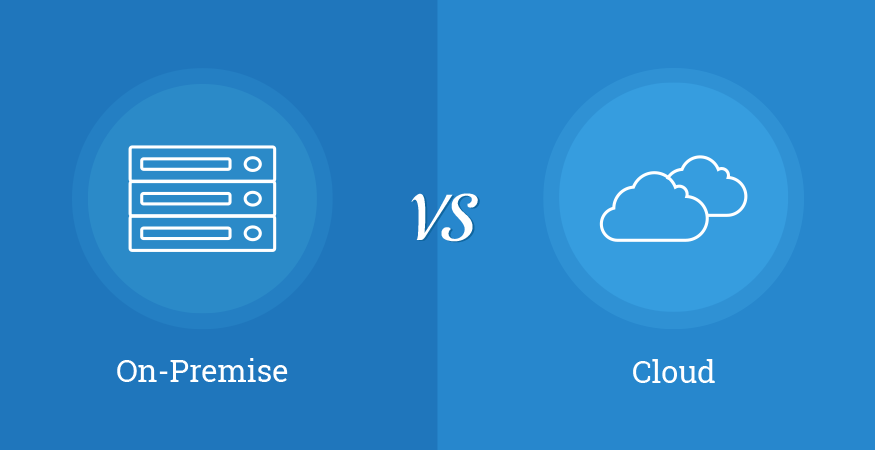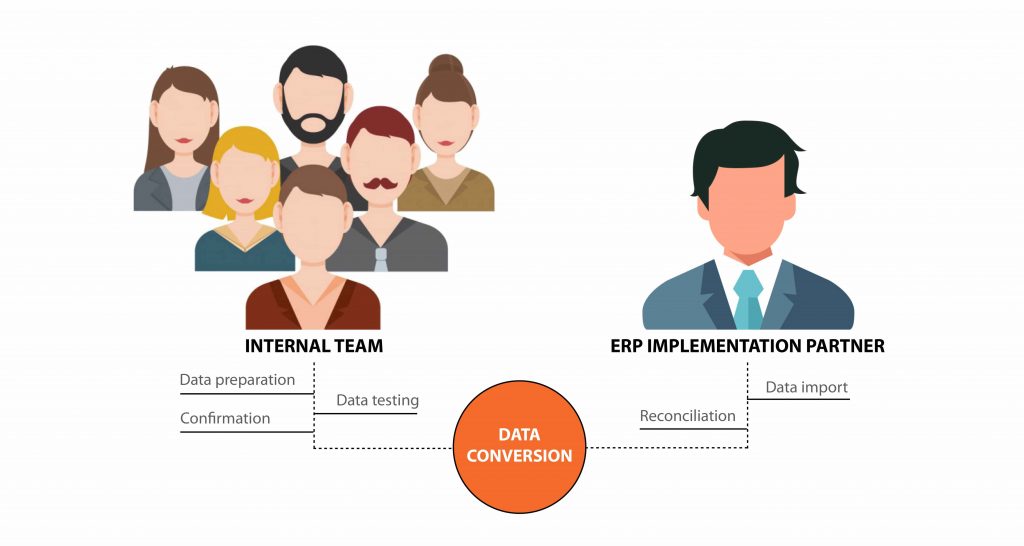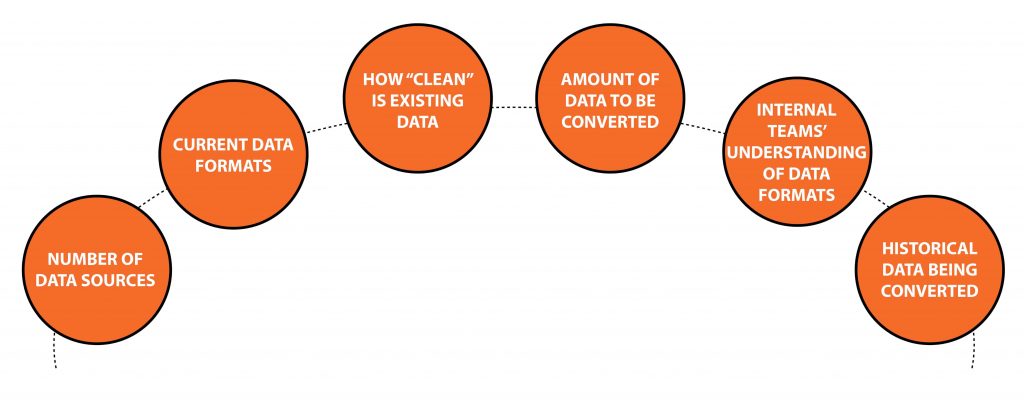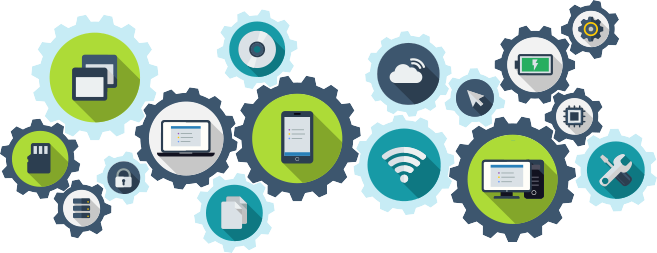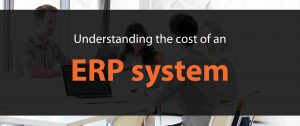While the cost of implementing an ERP solution can be scoped out, it’s the cost of NOT implementing an ERP that you should be worrying about.
What do we mean by that?
Using your outdated ERP software, basic accounting package or running your business on spreadsheets can be a dangerous business. In this post, we are going to review the key reasons why the cost of not implementing an ERP system should be top of mind for your organisation.
Why the cost of not implementing an ERP solution should be part of your ERP ROI equation
Companies often ask, “what will my Return on Investment be when implementing an ERP solution?”
There are multiple different methods for calculating ROI including:
- Increased cash flow
- Staff retention
- Better customer satisfaction
An often overlooked calculation and discussion is ‘what is the cost of doing nothing?’ When companies go to the market to find and implement a new ERP solution they do so for a number of reasons:
- Islands of information – multiple solutions that are not integrated. This creates risk associated with separate silos of data and information. It becomes difficult to get a consolidated view of operations.
- Reporting – manual or limited reporting options in legacy systems is often cited as a reason for considering a new ERP solution
- Support – companies using an older ERP application have concerns associated with business continuity and support
- Company growth – high growth companies outgrow their existing ERP solutions and go to the market to implement an ERP solution to cater for and assist with rapid growth.
- New technology – wanting to make the most of technological advancements (mobility, cloud and big data analytics are a few examples).
Other key reasons for implementing an ERP system include things like functionality requirements, legacy systems and more.
From our experience in assisting Australian organisations chose and implement ERP solutions, we found out that:
- When first entering the market for an ERP solution companies underestimate the budgetary requirements and the work required to implement ERP. This leads to organisations deciding to “do nothing”.
- When companies make no decision (do nothing), they regret the decision and re-enter the market for ERP soon after making an initial decision to do nothing.
The question to be answered is “when it comes to ERP – what is the cost of doing nothing?”
The answer to this question will depend on your company’s current systems, growth patterns, geographies and plans. Consider the following scenarios:
1 – Considering ERP because of high growth and the fact that your business has outgrown your current solutions
Companies in this scenario often delay implementing an ERP solution because they are so busy growing their business that they can’t take the time to implement a new solution. This is a false economy.
As your business continues to grow your requirements for better reporting, faster decision making and a more holistic view of operations will increase exponentially. The longer you leave it, the worse the situation will become. The best-run organisations I have seen implement ERP ahead of the curve – before the business grows to a point where the business is desperate and crying out for better systems.
2 – Wanting better support for your ERP solution
Poor or limited options for your ERP support will put your business at risk. There are two elements to this – day-to-day business continuity and missing out on the advantages of a well-supported, modern solution. Business continuity is easy to quantify – not having a good support process and structure in place is like not having an insurance policy for your business.
You might not need the ERP support for many months or even years but, when something goes wrong you could put your entire business at risk. Remember that your ERP solution controls your debtors, customer relationships, suppliers, staff and more – ERP runs your entire business. Even if you do not have a major system failure that requires urgent support think of the day-to-day costs to your business of not having an ERP partner that you can trust to help streamline your operations. A good ERP support partner will be able to offer new technology enhancements, streamlining operations and financials and helping save time and money through the use of technology.
3 – Moving away from islands of information
As businesses grow so to do the number of systems that they use internally. Think of the core accounting system and multiple third-party solutions for CRM, manufacturing, estimating, reporting and more. As your business grows so to do the requirements for information to make faster, better decisions. Growing product ranges, new geographies and additional staff add to these complexities. The more your business grows the more you will want a single source of truth – one single ERP solution that consolidates information across all business units.
4 – You require better reporting for decision making
Modern ERP solutions offer integrated reporting platforms. Integrated KPI, dashboard and analytics to analyse large data volumes is only part of the picture. Modern reporting and analytics including in-memory technology allows two very important advantages –
- Sorting through large data volumes to deliver instant reporting
- Automated reporting – pre-written data analytics to allow users to write their own reports without the need for advanced technical knowledge or experience.
Delay implementing a modern ERP solution and you will almost certainly not have access to modern reporting platforms for instant decision making.
5 – Technology changes – take advantage of IT
Technology is advancing at a rapid pace – faster than ever before. Modern ERP solutions take advantage of these advances. Think of recent ERP developments including:
- Cloud
- Big data analytics
- Mobility
- In-memory technology
If you want to take advantage of these and other developments in technology you will need to act and implement a modern ERP solution.
6 – Missed opportunities
Modern businesses are changing the way they do business – at an ever-increasing rate of change. Marketing, sales, reporting, logistics and manufacturing are all evolving as technology advances. If you don’t implement modern platforms for the change you risk missing out on new opportunities. After all, you don’t implement an ERP solution purely for the new technology. You implement new systems for the advantages that the solution can deliver. Once again, think about:
- Improved cash flow
- Better customer service
- Staff retention
Conclusion
While the cost of implementing an ERP solution can be scoped out, it’s the cost of NOT implementing an ERP that you should be worrying about. The reason is simple.
For growing businesses, using basic management technology may result in performance issues with clear repercussions on operations and cash flow. in addition, poor or limited support options for your outdated technology can really put your business at risk.
Consolidating your dispersed technology systems into one ERP platform can also help your business overcome information asymmetry and reporting/forecasting challenges, giving you the tools you need to gain a 360-degree view of your operations.
To find out more about how we can help your organisation leverage Enterprise Resource Planning call 1300 045 046 or email [email protected].







